
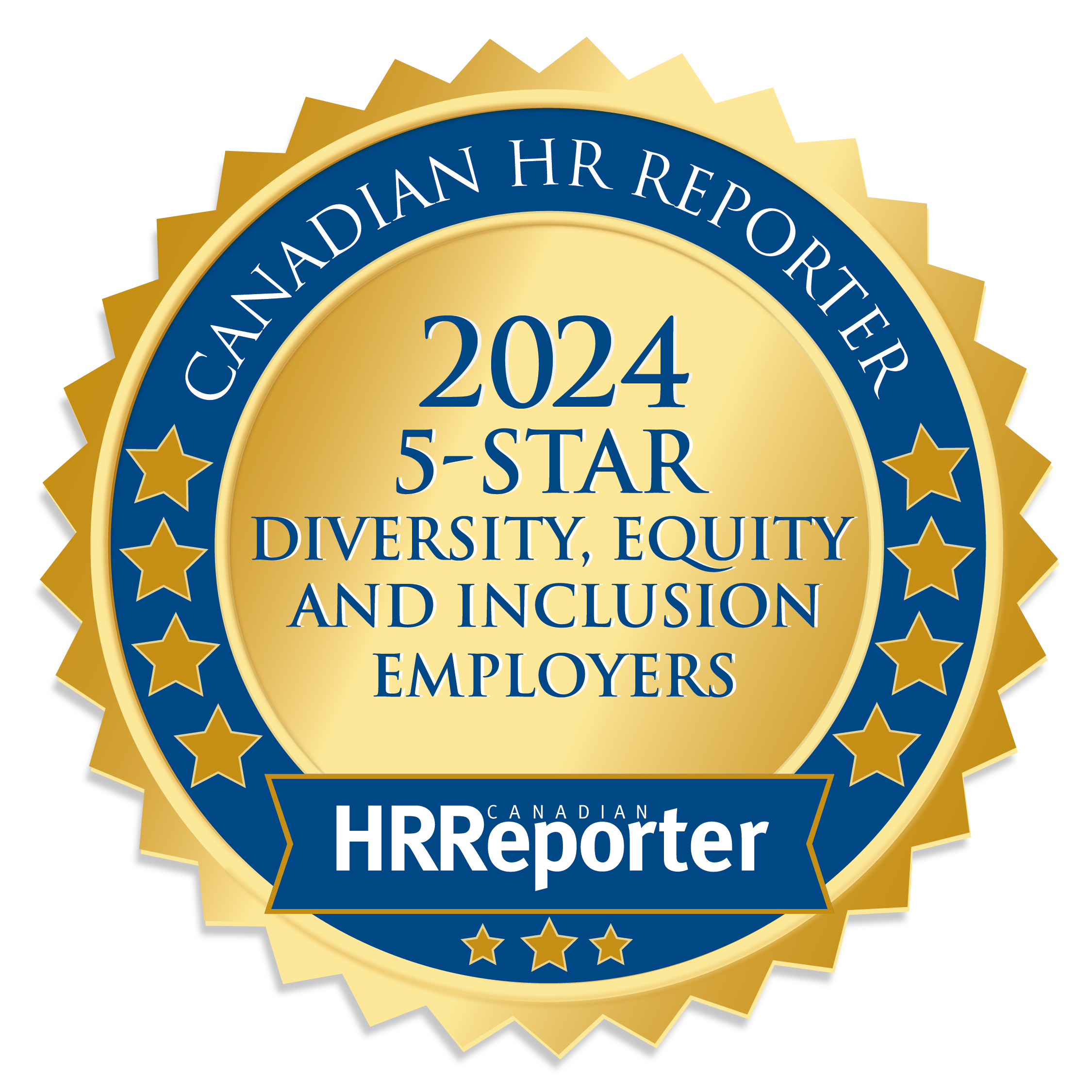
Jump to winners | Jump to methodology
Canadian HR Reporter celebrates the 5-Star Diversity, Equity, and Inclusion Employers of 2024.
These workplaces with the best DE&I policies have created cultures where employees feel they belong, are supported, and are able to succeed.
The prestigious list is the result of an extensive process, which began with CHRR inviting organizations to explain their diversity and inclusion initiatives and practices. Thousands of employees from the nominated companies then completed anonymous forms, evaluating their workplace on several metrics.
Awad Ibrahim, holder of the Air Canada Professorship of Anti-Racism at the University of Ottawa, underlines how important the issue is.
“Since the 1960s, Canada has been a pioneer in terms of thinking and purposefully working on the question of integration, sense of belonging, sense of identity, multiculturalism, and diversity. That has always been within a larger framework of a bilingual country, but since truth and reconciliation in Canada, there is a high emphasis.”
And he adds, “Overall, the question of diversity and inclusion are at the forefront of companies. They can no longer afford not to address it, because this is what the clients and the general public expect you to do.”
And this is echoed by Ingrid Wilson, founder of GridFern Strategic HR.
“It’s more than acknowledging that Canada has a diverse workforce. DE&I requires moving from a status quo response to moving to true action and implementing sustainable programs, systems, and policies that will elicit change and create the pathways to equitable opportunities in the workplace for all employees from diverse backgrounds, peoples, groups, communities, and identities,” she says.
Comparing CHRR’s data between 2024 and the previous annual report shows:
“Knowing who and where to go to if someone needs to report inappropriate behaviour based on diversity” is the top consideration for employees in 2024 but was third in 2023.
There was a drop in the relative rating of employees reporting “I feel like I belong at my company”.
There were minimal increases in 2024 in both “My company does a good job with regard to training for diversity” and “My company does an excellent job of fostering a good DE&I program”.
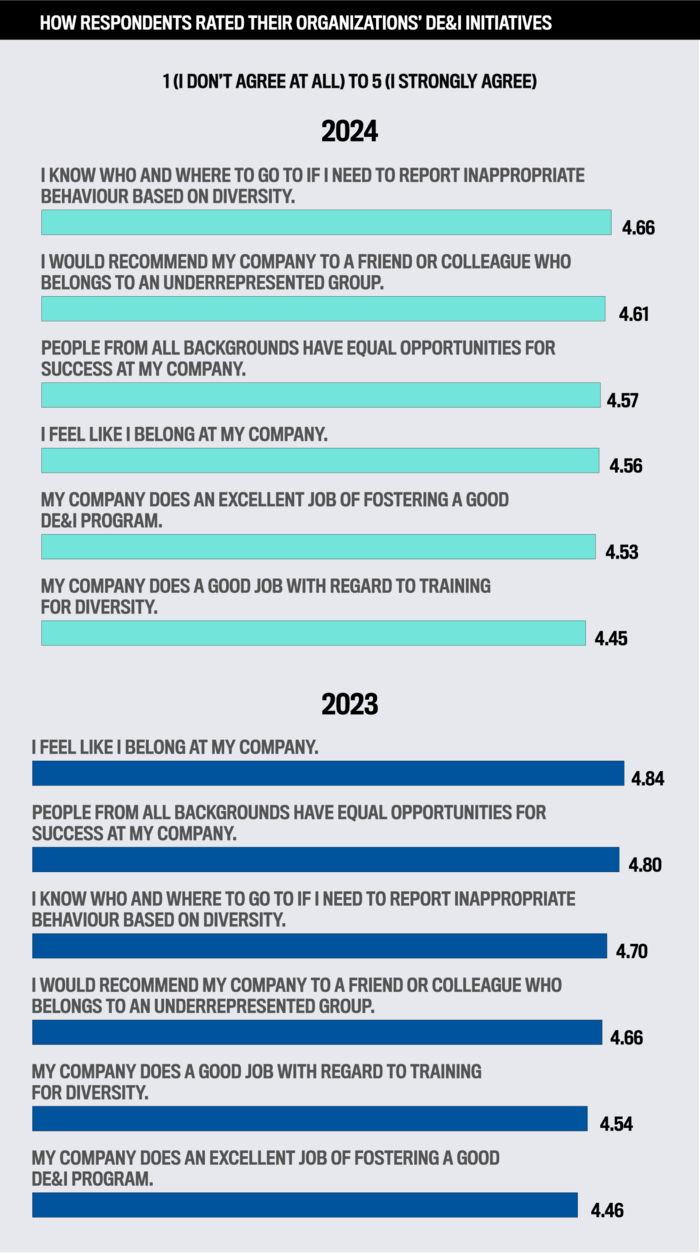
One key element of DE&I is ensuring women have the same prospects and job opportunities as men.
The latest national figures from 2021 to 2023 show that:
The percentage of women nationwide in full-time employment rose by 0.5 compared to men by 0.24.
The number of women in part-time employment nationally dropped by 0.5 percent.
The number of women in full-time employment increased in all provinces, apart from Newfoundland and Labrador, and Quebec.
Prince Edward Island recorded the largest hike for women in full-time employment with 2.4 percent.

However, a key element of how women are faring with respect to DE&I is if they are being given a greater share of senior roles.
Government data of the national workforce between 2019 and 2023 shows an increase in the number of women in:
management occupations by 17.3 percent
legislative and senior management by 4.2 percent
specialized middle management occupations by 29.9 percent
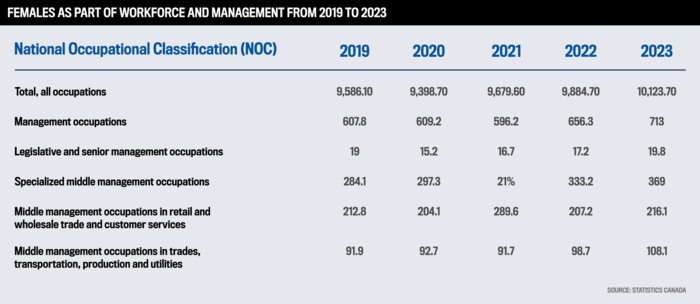
Along with women, there are other demographics that DE&I programs are focused on.
Public sector employment data gathered by the Canadian government (between 2017 and 2023) regarding DE&I splits their reporting into four targeted groups:
Women – rise of 2.1 percent
Indigenous people – small jump of 0.1 percent
Persons with disabilities – increase of 1.4 percent
Members of visible minorities – significant boost of 6.6 percent
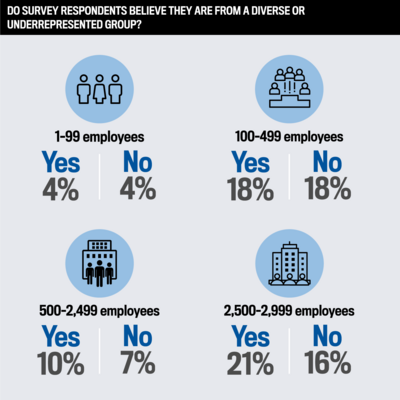
University of Ottawa’s Ibrahim explains how DE&I cannot be viewed as a workshop or a one-off program.
“For it to be successful, not only do you need leadership, but you need to think of it as a lens. Once I put on those glasses, I see you differently, precisely because now my vision is enhanced, and I see you better. It needs to be seen as an ongoing professional development that would allow you to develop the lens through which you’re looking at the work that you do, and the more leadership is showing its commitment to it, then you have a double win,” he says.
The point of DE&I extending beyond a person's visible characteristics is made by Anisha Phillips, VP of consulting in Eastern Canada for Canadian Equality Consulting.
She comments, “When we assume there is one standard way to do work or show up in the workplace, we exclude many people including those who are neurodivergent. For example, standard interview techniques might not always allow neurodivergent candidates to showcase their abilities effectively. Alternatives, such as skills-based assessments or working interviews, can provide a more accurate representation of their potential.”
The challenge of standing out as leading DE&I employer is also highlighted by the Canadian Centre for Diversity and Inclusion.
“Leading employers continuously evaluate policies, processes, tools, and accommodations and refine their DE&I practices, leveraging data and feedback to drive meaningful change. Regular training and education on DE&I topics for all employees are crucial. But equally important is creating safe spaces for dialogue and feedback where every voice is valued and heard. To improve inclusion, it’s not just about good intentions, but about implementing specific strategies that address these issues.”
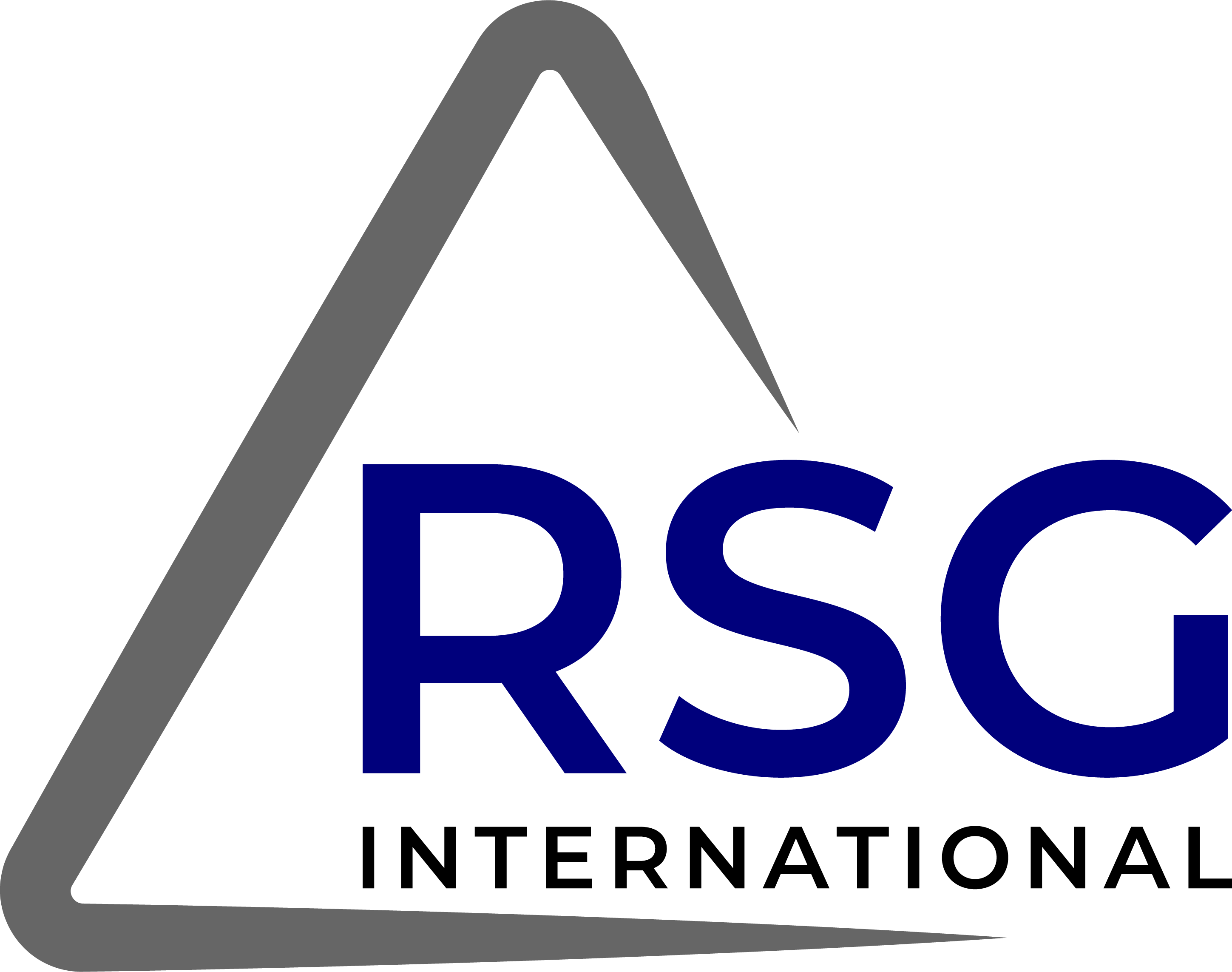
The company is passionate and forthright with regard to its DE&I program. Despite the construction industry being traditionally male-dominated, 60 percent of its executive leadership group are women.
Their success in promoting DE&I is driven through:
training
recruitment
promotions
initiatives
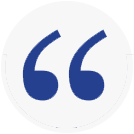
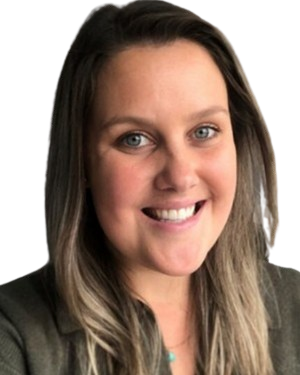
RSG International received top marks from its employees in three of the performance metrics of CHRR’s survey:
“My company does an excellent job of fostering a good DE&I program.”
“People from all backgrounds have equal opportunities for success at my company.”
“I know who and where to go to if I need to report inappropriate behaviour based on diversity.”
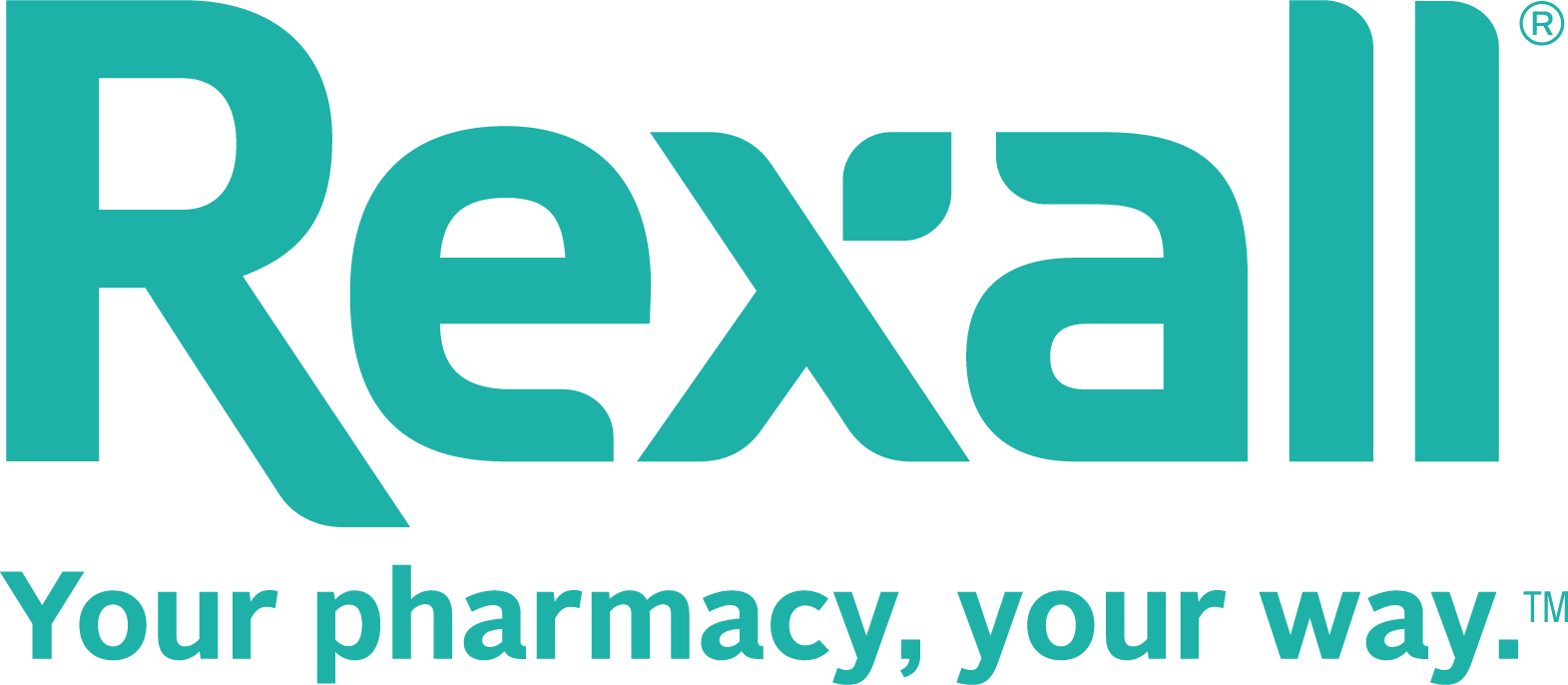
Creating equal opportunities lies at the heart of the firm’s DE&I strategy. The organization works closely with equity-deserving groups both internally and externally, and partners with underrepresented groups to address barriers in education and employment.
Rexall scored highly among its workforce for having mechanisms in place to report inappropriate behaviour based on diversity.

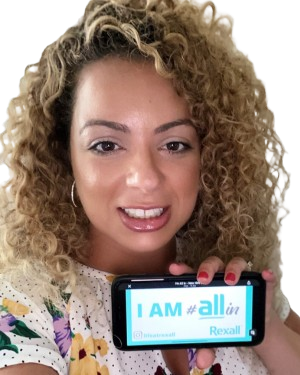
Employee responses included:
“They do a good job of creating a diverse and safe work environment.”
“Rexall is doing all the necessary measures to be diverse.”
“We’ve made great strides over the last few years to ensure that we are providing training and awareness around DE&I and our employees are familiar with the resources available.”
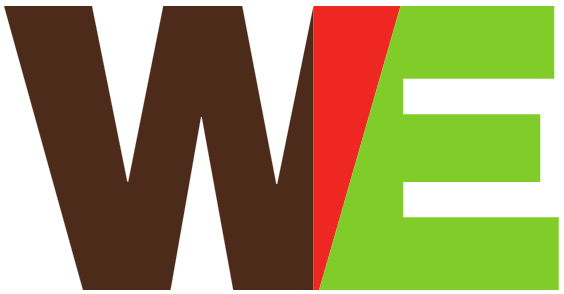
Williams Engineering understands the importance of having DE&I in the workplace.
Its employees believe that people from all backgrounds have equal opportunity at the company, with respondent feedback such as:
“I like the approach that the company has related to underrepresented groups.”
“The company is doing an excellent job regarding DE&I.”
“We do a great job to foster all aspects of what we do with respect to DE&I. We can all keep this in mind in our day-to-day activities.”
These 5-Star employers are among the best diversity, equity, and inclusion workplaces as a result of ensuring their initiatives make a palpable difference for their employees.
These initiatives are backed by GridFern’s Wilson, who says, “Across all levels and functions, HR professionals and all people leaders need to understand their responsibility for fostering an equitable and inclusive workplace. This requires that HR professionals and people leaders have the skills and competency to recognize and remove the systemic barriers preventing employees from thriving in the workplace. HR professionals and people leaders need to understand their own biases.”
At RSG, the DE&I committee meets once a month, and in addition has launched a number of initiatives over the past 12 months:
Equity 201 – levelling up from the Equity 101 initiative, which enables employees to learn about queer identities, power structures, privilege, and Indigenous culture and history
Women in Construction – encouraging females to join the industry
Menstrual products in washrooms – eliminating period poverty
Trauma formed care – recognizing the signs of mental health struggles, and providing a safe and effective support system

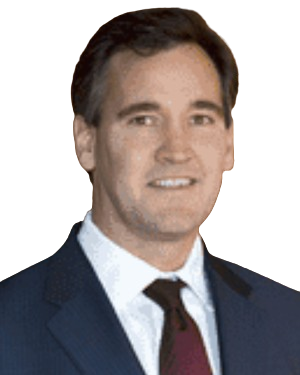
“DE&I is fundamental to the success of our organization, and is integral to our values,” explains people and culture specialist, Leah Marche.
“We host a lot of employee events, and we do mixers quarterly. We try to integrate the team with each other as much as possible. We’re very open to feedback and putting our managers through specific training, such as, ‘How to be a good people leader’ and ‘How to create positive workplaces.’”
Rexall continues to be a frontrunner, and talent attraction and diversity director Tracy Paulo-Brown has witnessed remarkable change since joining over nine years ago.
“Creating spaces for diverse and equitable individuals within the organization has been substantial over the past few years,” she says. “It comes from our president [Nicolas Caprio], who is deeply ingrained in ensuring that, as an organization, we don’t just put the words up on a wall, but they’re lived through actions and through behaviours.”
Rexall currently has four ERGs to improve DE&I:
Ability – individuals with disabilities and caregivers
Aspire – Black, Indigenous, and persons of colour
Open – 2SLGBTQI+ community
Women Empowered
“These groups continue to be a huge piece of what makes up our ability to amplify the voices of equity-deserving groups within our organization,” Paulo-Brown adds.
DE&I is integral to Williams Engineering’s culture. By focusing on the need for ongoing awareness and training to promote inclusivity, they have created a supportive work environment for all.
Being a purpose-driven company, it aligns its focus with three of the UN’s sustainable development goals:
Sustainable Cities
Reduced Inequalities
Gender Equality
This drives Williams Engineering’s decision-making and forms the backbone of its DE&I strategy.
The company is also committed to gender equality by embedding it in its employment policies and processes.
“Our DE&I policy was implemented to specifically address this commitment and to ensure all our teammates understand how to put it into practice,” says director of engineering services, Jim Gilliland. “Our teammates are provided with annual training around important DE&I topics to ensure understanding and awareness of equality and inclusivity. We also have two internal committees who work on both DE&I and Indigenous initiatives.”
It’s not only making positive differences in their workplace that separates CHRR’s 5-Star winners but how they also lend a helping hand to external groups.
This is another vital part of successful DEI efforts by firms according to Wilson.
She adds, “As society and business shifts from a focus on diversity towards a focus on actioning equity and inclusion and an understanding of the systems that create and sustain barriers for communities, groups, and peoples, it is a human imperative for employers to make this a priority, to equitably serve and support their employees, and the communities and peoples who will be profoundly impacted by the employers and their organizations. To do so organizations need to understand the changing demographics and who is part of the community that they hire from and support.”
Rexall supports organizations, charities and marginalized groups, most notably with its bursary for Black and Indigenous students at pharmacy schools nationwide.
It also works with:
Lions Foundation of Canada Dog Guides in sponsoring four guide dogs
Ronald McDonald House in supporting families with a seriously ill child
“Whether it’s through our ERGs or the Rexall Care Network, we provide numerous charities with support while also helping equity-deserving groups,” says Paulo-Brown.
“We’re fortunate to have a diverse workforce that embraces what we’re doing. Our teams want to support and show that we are members of all communities,” adds Rexall’s change initiatives lead, Jason Garon.
Williams Engineering aims to encourage those from minority groups to study engineering.
“We need diversity inside our organization because you need their perspectives to solve a problem correctly for the people who use the facility we’re designing. It’s about accommodating and facilitating people to be included in conversations and to do their work when the standard environment might not be optimal for them,” explains Gilliland.
“We’re engaging with First Nations and Indigenous communities to promote the idea of going into an engineering or a related field. Currently, they do not have the right level of representation in our industry.”
As part of this initiative, Williams Engineering also provides:
annual scholarships for female engineering students at the University of Alberta (U of A)
internships for Black youth enrolled in engineering at the U of A to allow for opportunities to those underrepresented groups in the field
“We hope to raise awareness of our commitment to DE&I and hopefully they’ll come back to Williams to work for us when they’ve completed their studies,” comments Gilliland. “We’re also working with the African Canadian Civic Engagement Council in Edmonton to promote the engineering sector.”
The DE&I committee at RSG gives back to its community through voluntary programs.
“We volunteered at York Pride in Newmarket, ON, which was a great way to reach out and be part of our community and show that we support these initiatives,” says Marche. “We also cooked 16 full-size meals and 50 lunches for Newmarket Food Pantry’s community fridge, where people who need help can go and grab a meal.”
Shadene Pinnock, DE&I manager at business transformation consultants TEK Systems in Toronto, addresses the negative perceptions.
“Critics often claim that DE&I initiatives undermine meritocracy and may result in reverse discrimination. This view reflects common misconceptions about DE&I efforts, overlooking how they enhance meritocracy by broadening talent pools and ensuring equitable access to opportunities, which drives business innovation and growth.”
Her view is it’s partly driven by Canada’s location, as some criticism has migrated across the border from the US.
For Pinnock, a key measure is for organizations to ensure those who are unhappy have a route to make their dissatisfaction clear.
“It is important to develop and communicate clear procedures for reporting DE&I issues, including how to make a report and the steps for investigation and resolution,” she explains. “Encouraging open dialogue about DE&I issues and transparency on how grievances are managed establishes trust, which is needed for people to feel safe to report incidents.”
There is another Canadian specific issue that needs to be monitored, according to Anisha Phillips.
“At a higher level, there continues to be so much dismissiveness toward understanding the impacts of Indigenous-based discrimination,” she states. “Leaders and organizations must take the time to truly listen, consult with and center the voices of Indigenous peoples in the workplace, and take accountability when harm occurs.”
Chief people officer Christine Tatham of Vancouver-based software firm Redbrick lists overarching initiatives companies can introduce to enhance DE&I:
solicit employee feedback
review and implement inclusive policies
track and measure goals
ensure recruitment practices are inclusive
ensure benefits are inclusive
Tatham also underlines the need to maintain a vigilant attitude.
“Training is extremely important, especially when it comes to topics like unconscious bias. Things that we may not know impact the way we think or do things. However, training can’t be all that you do. Lots of companies make the mistake of training annually and thinking that’s all they need to do when it comes to DE&I.”
And she continues, “If there’s one way to ensure an inclusive culture, it’s that it needs to have buy-in and support from senior leadership, and it needs to be baked into everything the company does. From recruitment, to benefits, to the employee experience, it needs to be everything and everywhere.”
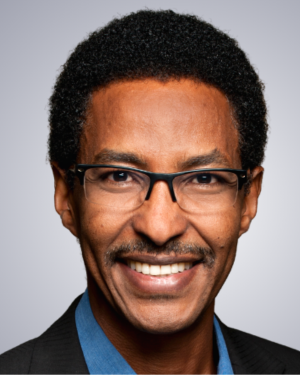
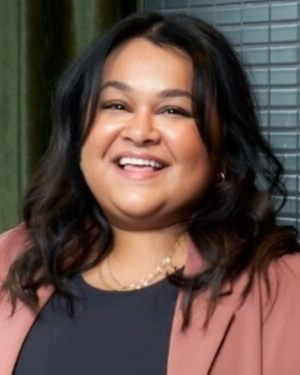
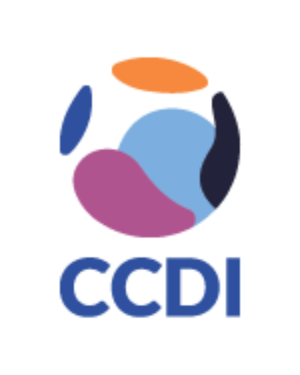
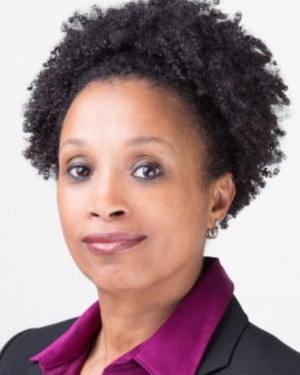

To determine the companies with the most effective DE&I programs, Canadian HR Reporter first invited organizations to participate by filling out an employer form, which asked them to explain their diversity and inclusion initiatives and practices.
Next, employees from nominated companies were asked to fill out an anonymous form evaluating their workplace on a number of metrics. To be considered, each organization had to reach a minimum number of employee responses based on overall size.
Organizations that achieved an 80 percent or greater average satisfaction rating from employees were named
5-Star Diversity, Equity, and Inclusion Employers for 2024.